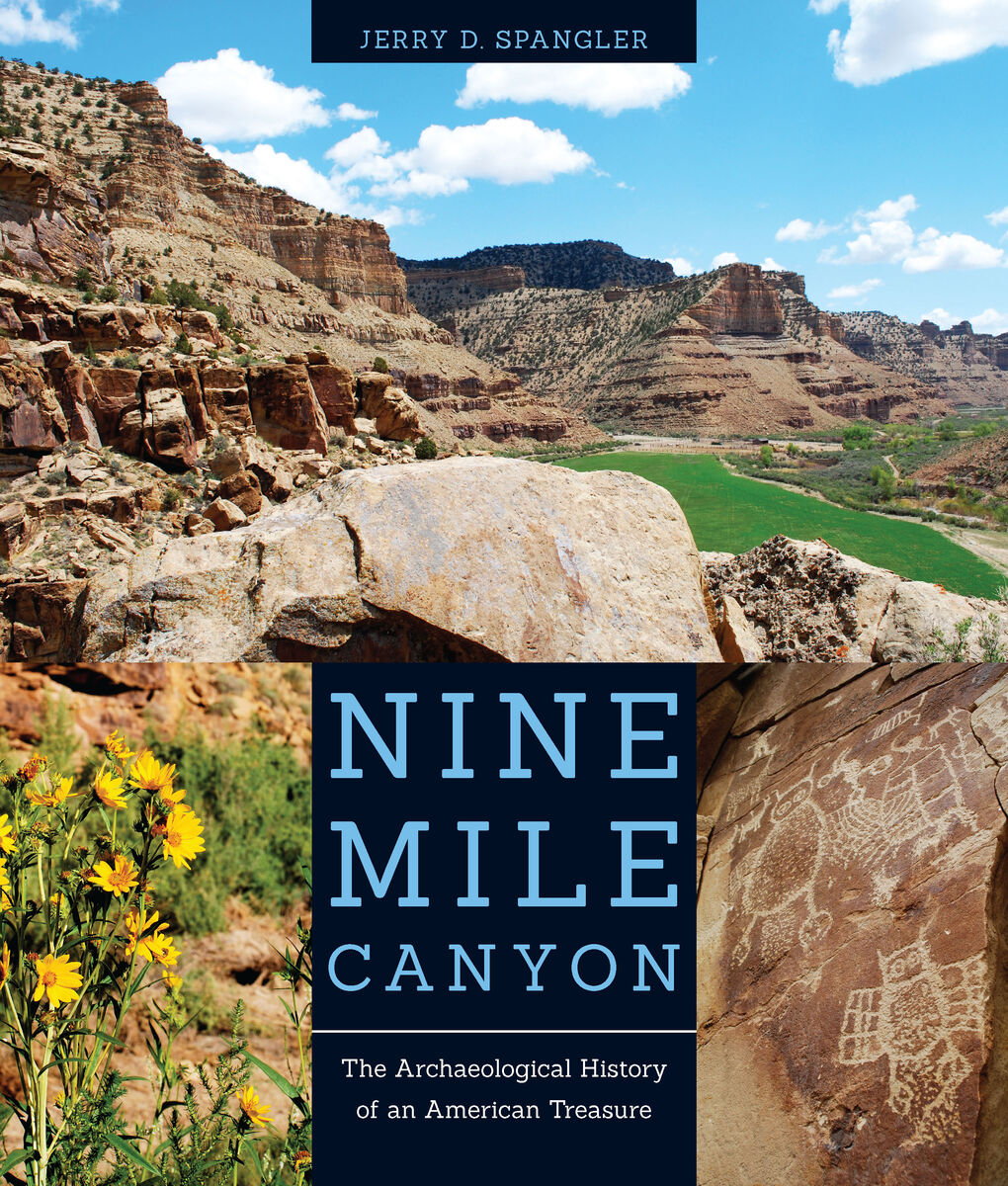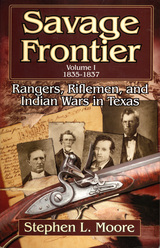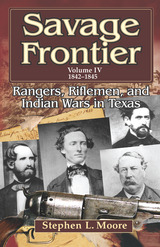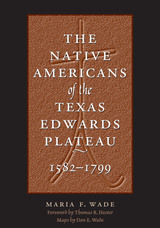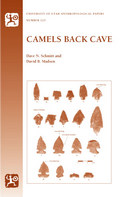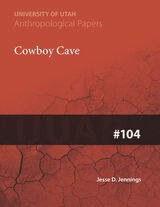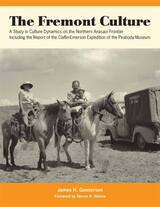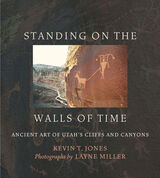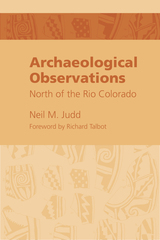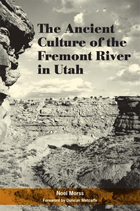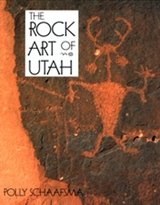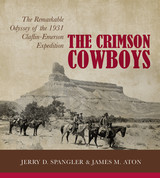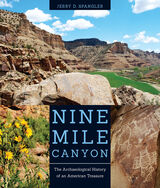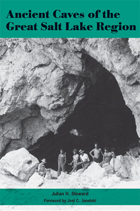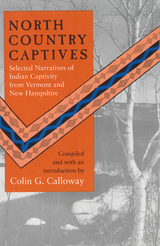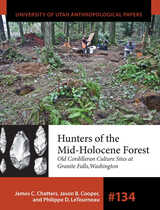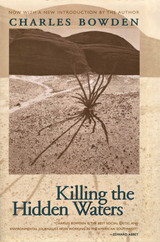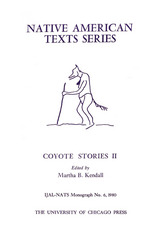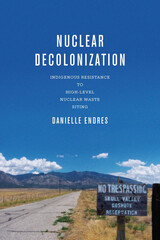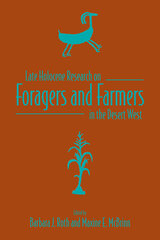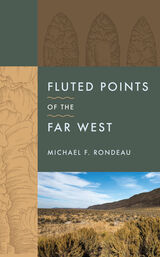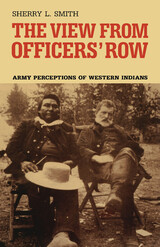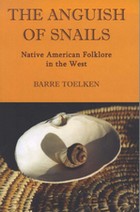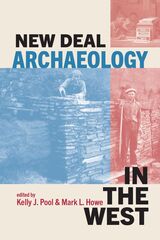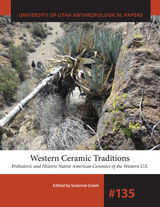Nine Mile Canyon: The Archaeological History of an American Treasure
University of Utah Press, 2013
eISBN: 978-1-60781-228-9 | Paper: 978-1-60781-226-5
Library of Congress Classification E78.U55S63 2012
Dewey Decimal Classification 709.011309792566
eISBN: 978-1-60781-228-9 | Paper: 978-1-60781-226-5
Library of Congress Classification E78.U55S63 2012
Dewey Decimal Classification 709.011309792566
ABOUT THIS BOOK | AUTHOR BIOGRAPHY | REVIEWS | TOC | REQUEST ACCESSIBLE FILE
ABOUT THIS BOOK
With an estimated 10,000 ancient rock art sites, Nine Mile Canyon has long captivated people the world over. The 45-mile-long canyon, dubbed the “World’s Longest Art Gallery,” hosts what is believed to be the largest concentration of rock art in North America. But rock art is only part of the amazing archaeological fabric that scholars have been struggling to explain for more than a century. Jerry D. Spangler takes the reader on a journey into Nine Mile Canyon through the eyes of the generations of archaeologists who have gone there only to leave bewildered by what it all means.
The early visitors in the 1890s were determined to recover collections for museums but never much cared to understand the people who left the artifacts. Then came a cadre of young scientists—the first to be trained specifically in archaeology—who found Nine Mile Canyon to be an intriguing laboratory that yielded more questions than answers. Scholars such as Noel Morss, Donald Scott, Julian Steward, John Gillin, and John Otis Brew all left their boot prints there.
Today, archaeological research is experiencing another renaissance—a new generation of university-trained archaeologists is determined to unravel the mystery of Nine Mile Canyon using scientific tools and techniques that were unavailable to past generations. Through the words and thoughts of the archaeologists, as well as the more than 150 photos, readers will come to see Nine Mile Canyon as an American treasure unlike any other. As the first book that is devoted exclusively to the archaeology of this unique place, Nine Mile Canyon will evoke fascination among scholars and the general public alike.
Winner of a Choice Outstanding Academic Title award.
The early visitors in the 1890s were determined to recover collections for museums but never much cared to understand the people who left the artifacts. Then came a cadre of young scientists—the first to be trained specifically in archaeology—who found Nine Mile Canyon to be an intriguing laboratory that yielded more questions than answers. Scholars such as Noel Morss, Donald Scott, Julian Steward, John Gillin, and John Otis Brew all left their boot prints there.
Today, archaeological research is experiencing another renaissance—a new generation of university-trained archaeologists is determined to unravel the mystery of Nine Mile Canyon using scientific tools and techniques that were unavailable to past generations. Through the words and thoughts of the archaeologists, as well as the more than 150 photos, readers will come to see Nine Mile Canyon as an American treasure unlike any other. As the first book that is devoted exclusively to the archaeology of this unique place, Nine Mile Canyon will evoke fascination among scholars and the general public alike.
Winner of a Choice Outstanding Academic Title award.
See other books on: Archaeological History | Petroglyphs | Regional Studies | Rock paintings | Utah
See other titles from University of Utah Press
